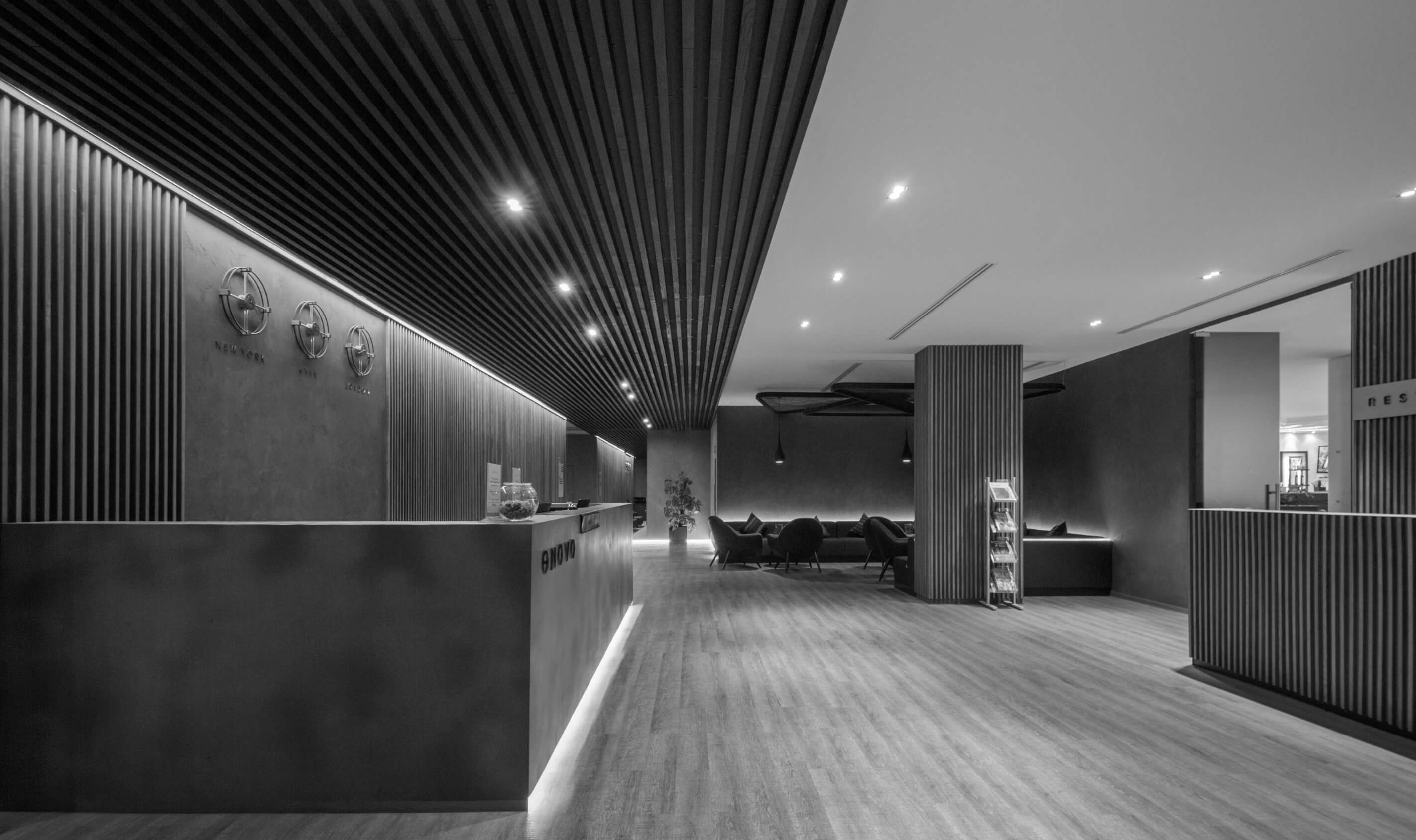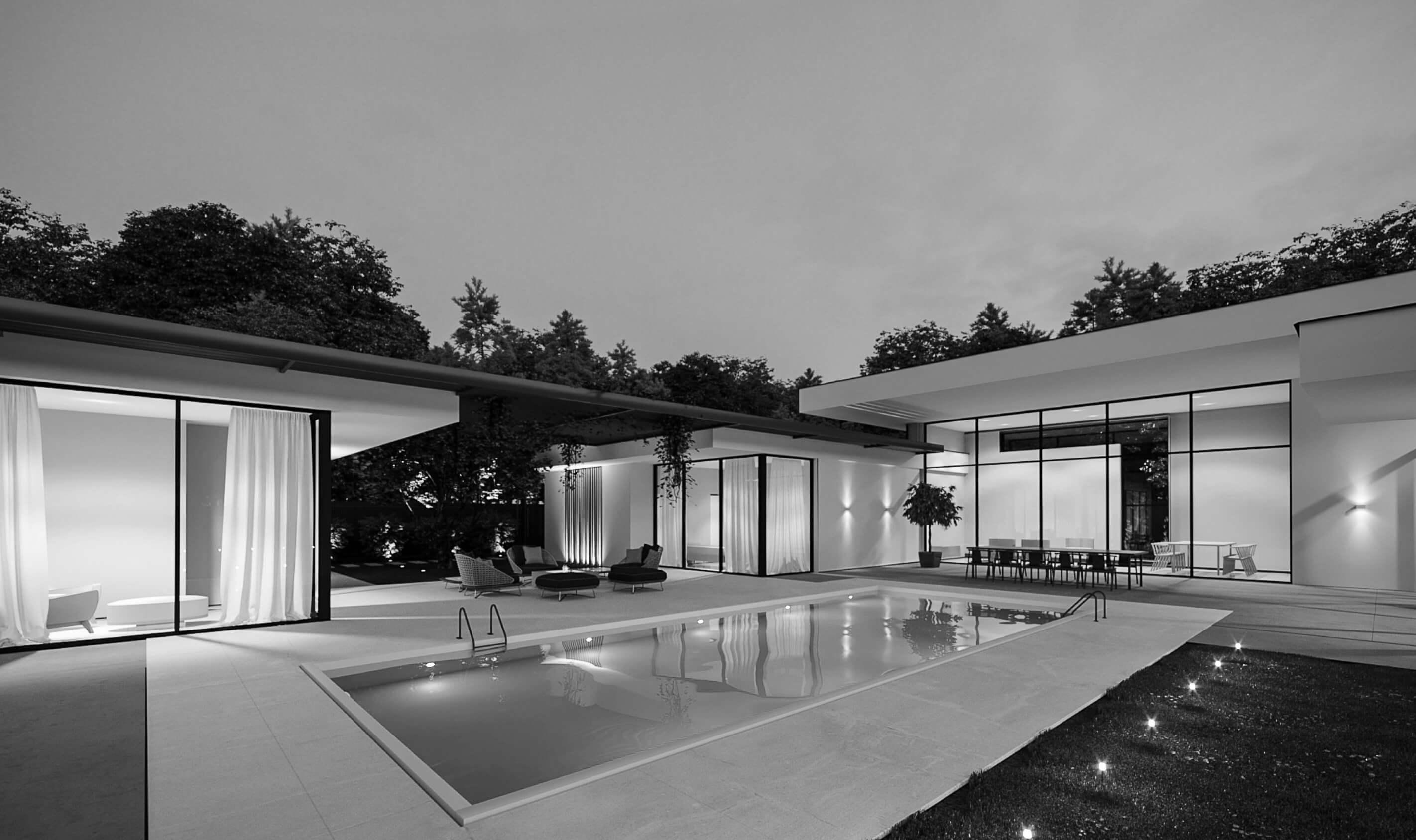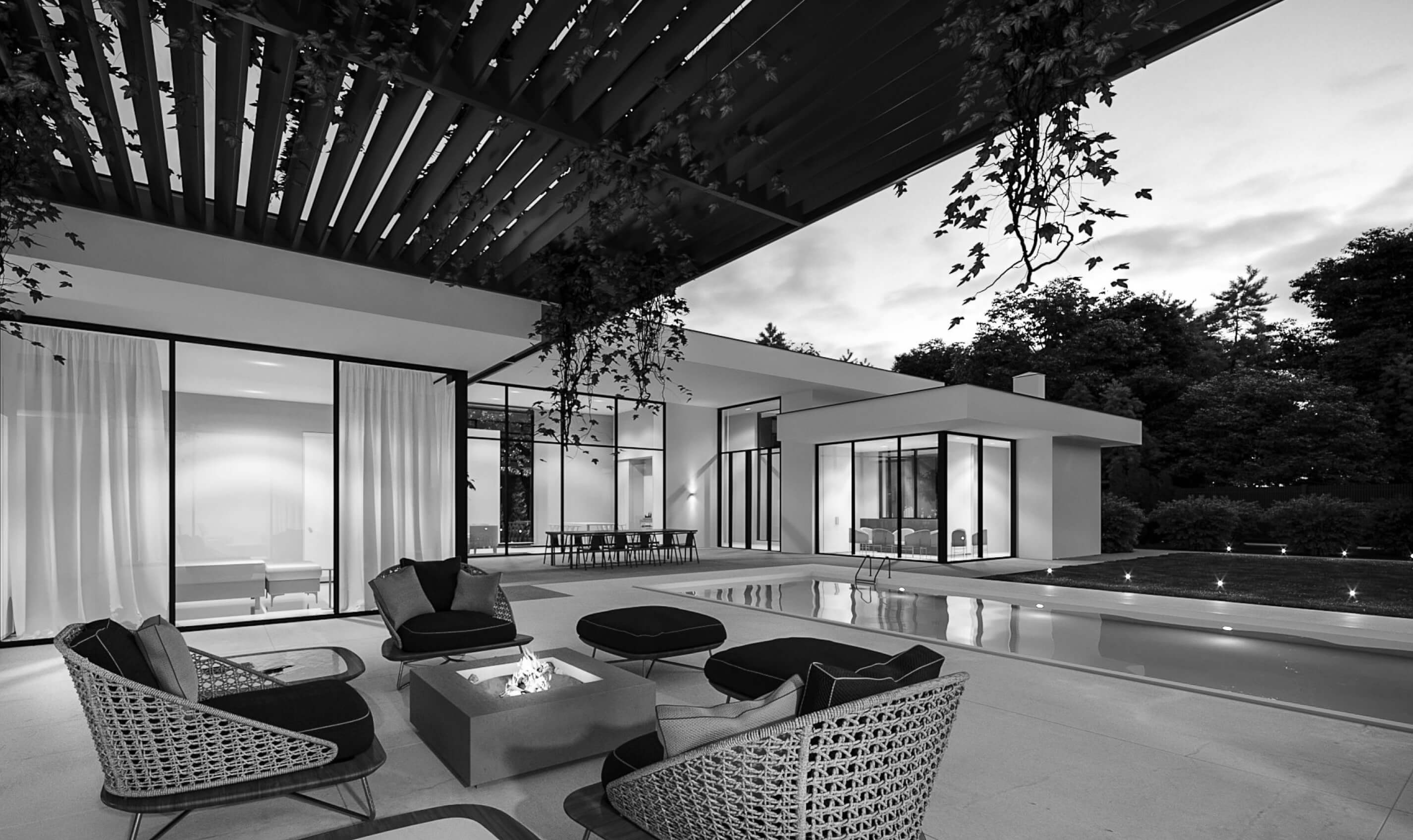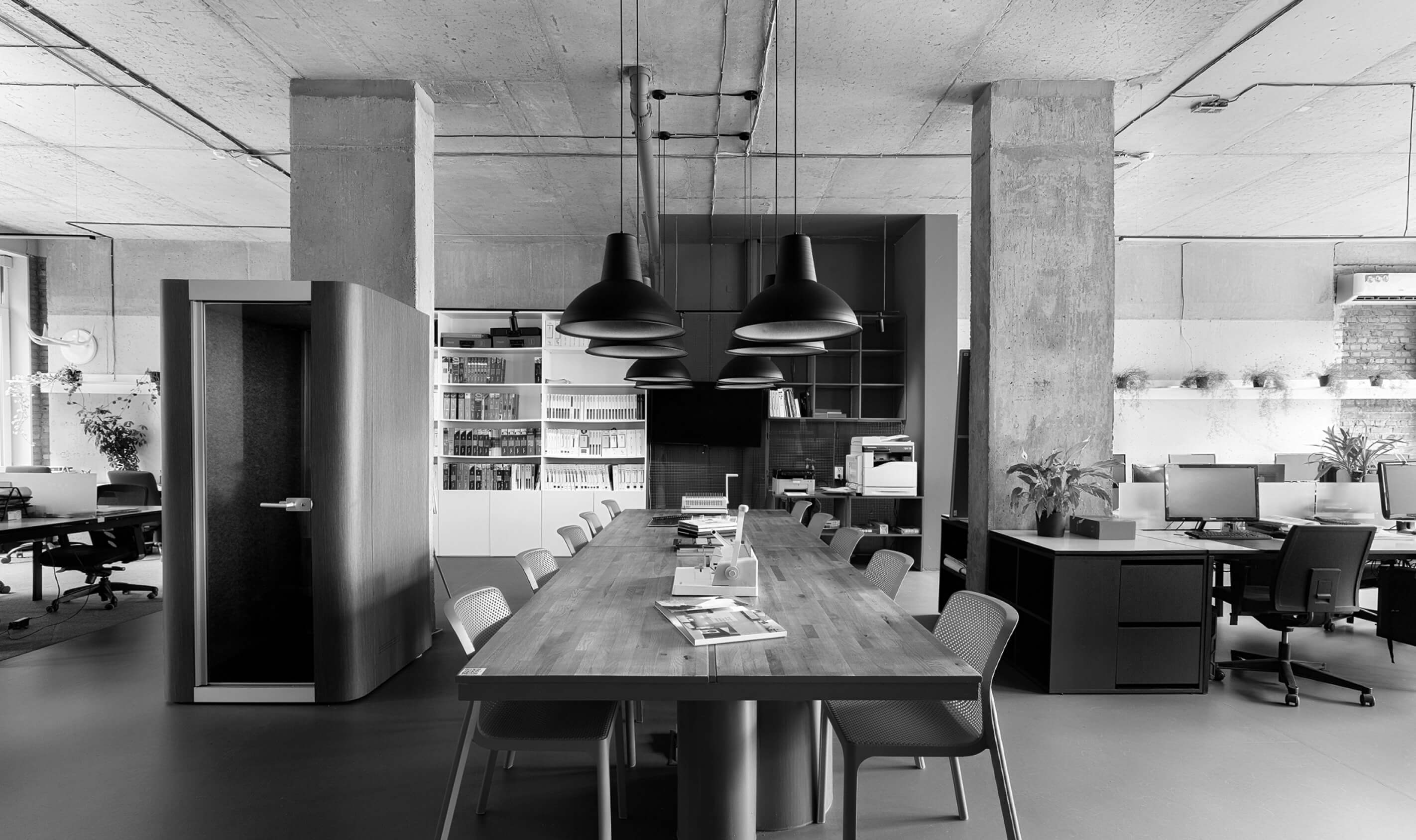Plants in the office are not just decorative elements. They perform several important functions, complement the aesthetics, and create a healthy and energetic atmosphere in the workplace. Arranging green compositions is a meticulous stage in the interior design of office space, which should not be overlooked with a professional approach. Alesia Karnaukhova, CEO of ZIKZAK Architects, answers the top 3 most common questions about plant compositions in offices.
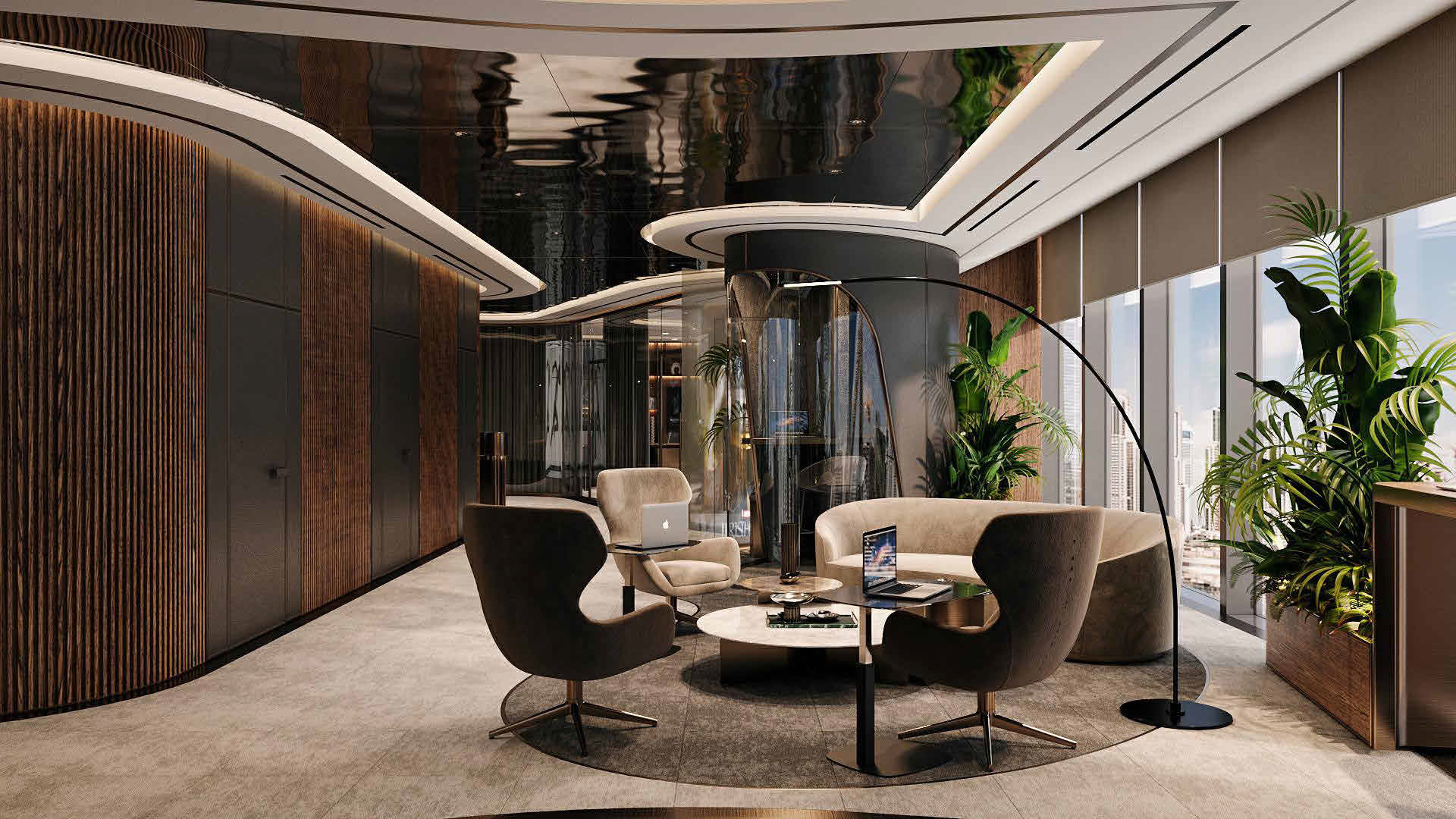
Top-3 insights on current plant design trends in the office
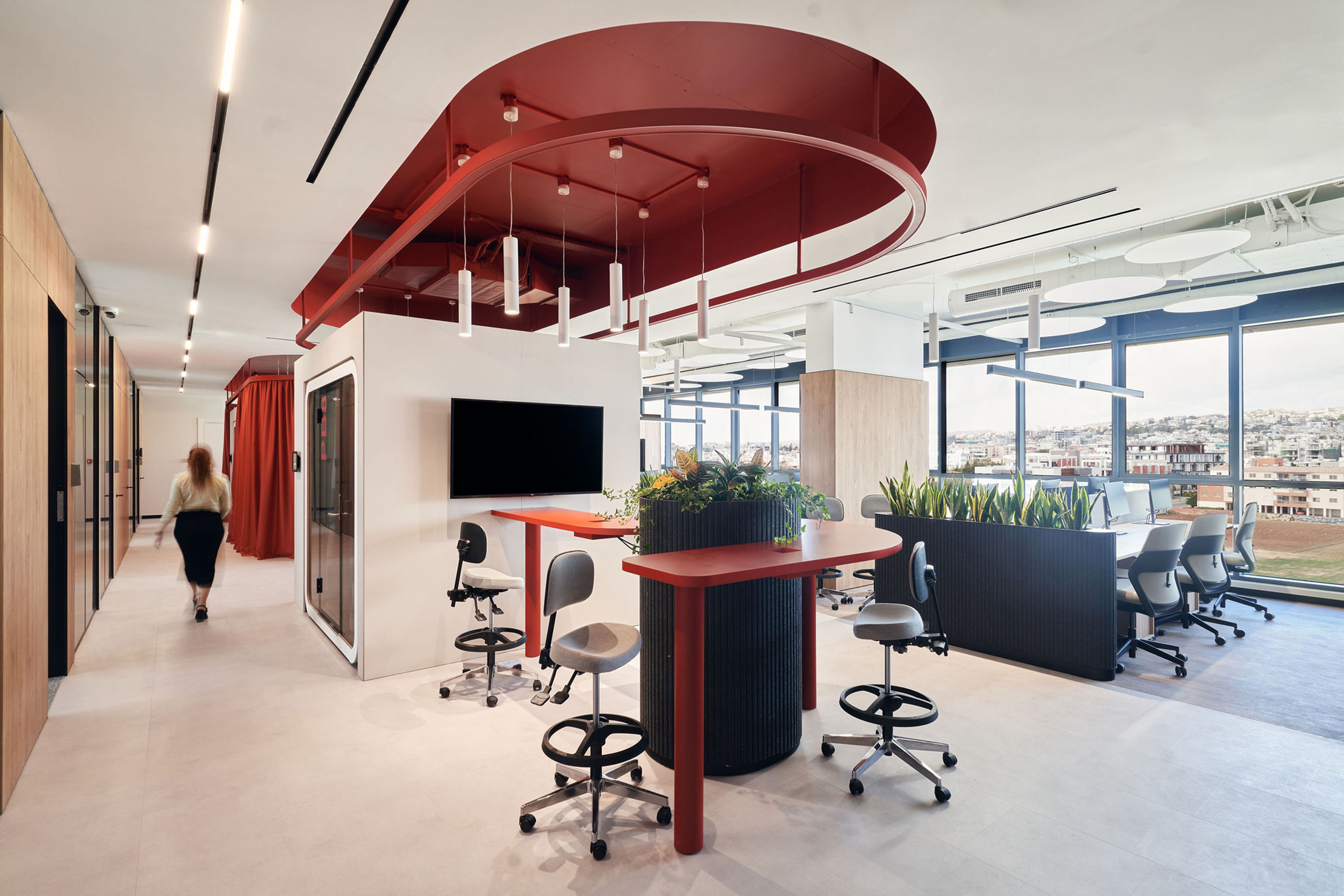
Improvement of air quality
Plants act as natural air purifiers, absorbing harmful pollutants and releasing oxygen into the air. Introducing live plants in the office enhances indoor air quality, reduces the risk of respiratory illnesses, and improves overall employee well-being.
Aesthetics
Plants add natural greenery and freshness to austere office spaces, creating an aesthetically pleasing environment for both employees and clients.
Enhanced productivity
Numerous studies demonstrate that live plants in the workplace can boost productivity and creativity while reducing stress levels. Natural elements contribute to a sense of harmony, fostering an atmosphere conducive to concentration and work efficiency.
Noise reduction
Plants have the ability to absorb sound due to their large leaf surface area, reducing noise levels in open-plan offices and enhancing acoustic comfort. Therefore, plants contribute to a quieter and more comfortable environment, conducive to focused work.
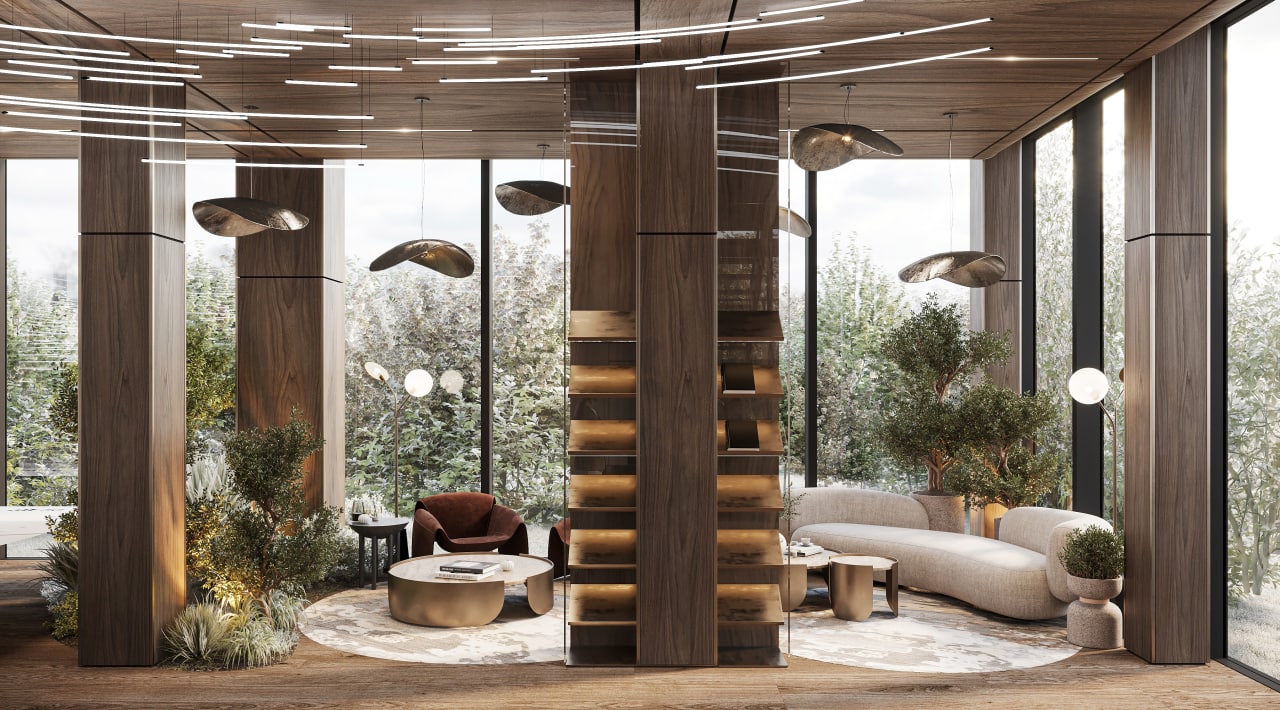
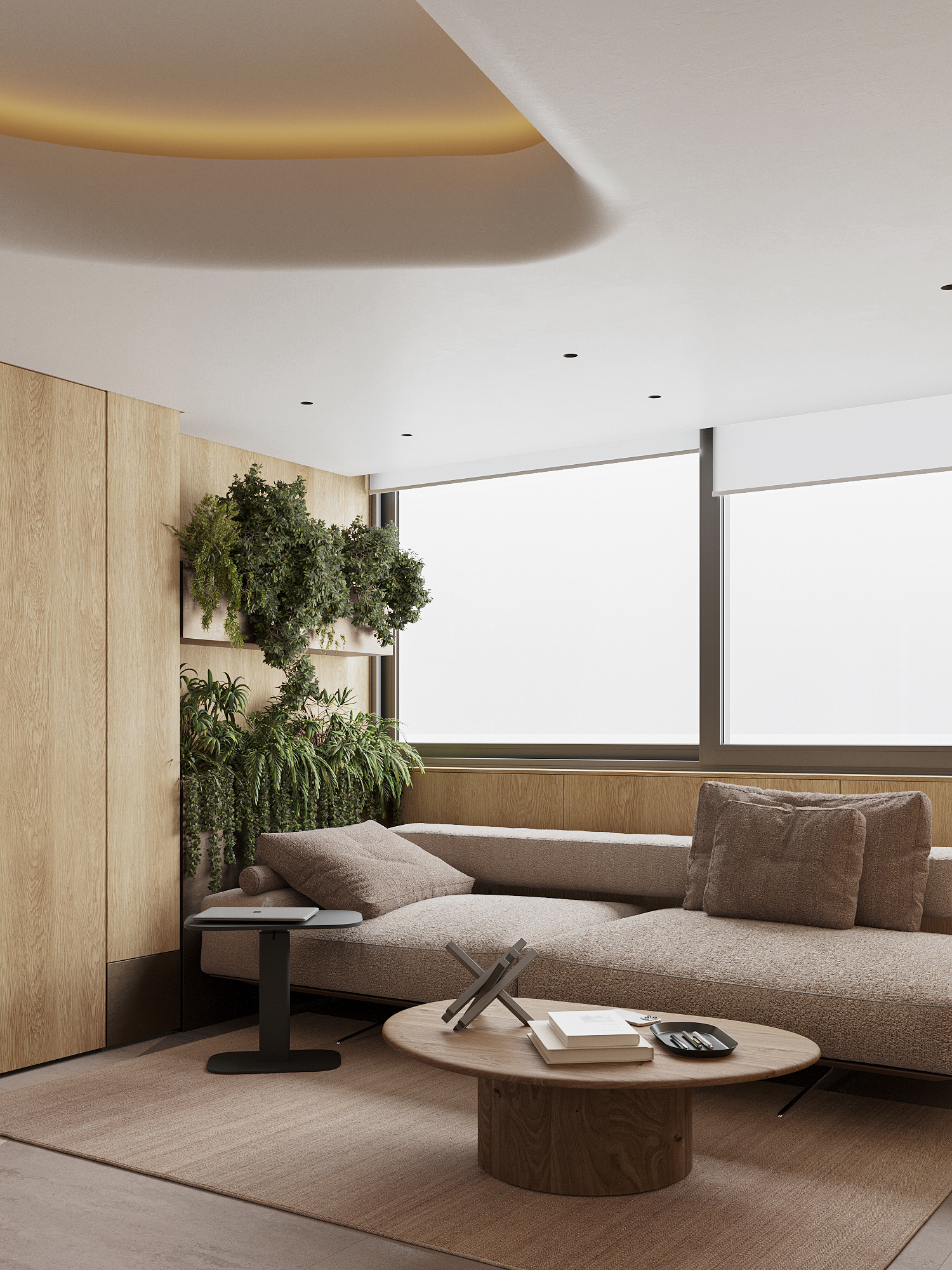
When choosing plants for office interiors, it's important to focus on varieties that require minimal care, are hardy, and tolerant of low light levels indoors. Low-maintenance and stylish plants for offices that I would recommend using either as standalone or as part of a plant composition include philodendrons, calatheas, aspleniums, peace lilies, asparagus ferns, scheffleras, ficuses, sansevierias, anthuriums, ivies, cyrthanthus, epipremnums, and hoya. They are all easy to care for and can be arranged based on principles of varied height and similar soil requirements. They come in numerous subspecies that differ in color, shape, and texture.
Emphasis on plant design
Designers creatively incorporate plants into office interiors using trendy compositions, stylish planters, and decorative pots to enhance the visual appeal of the spaces. Even the most minimalist and concise office interior can be enhanced with an accent plant composition, adding conceptual depth and storytelling to the neutral office background.
Workspaces with plants
Integrating plants directly into office furniture and workspaces blurs the boundaries between nature and the artificial environment, supporting the trend of plant design and human-centeredness in the workplace.
Imitation of wild plantings
A hot trend is deliberately chaotic, seemingly created only by nature without human intervention, plant compositions. This approach adds casualness, lightness, and a sense of maximum closeness to nature, even without leaving the office.
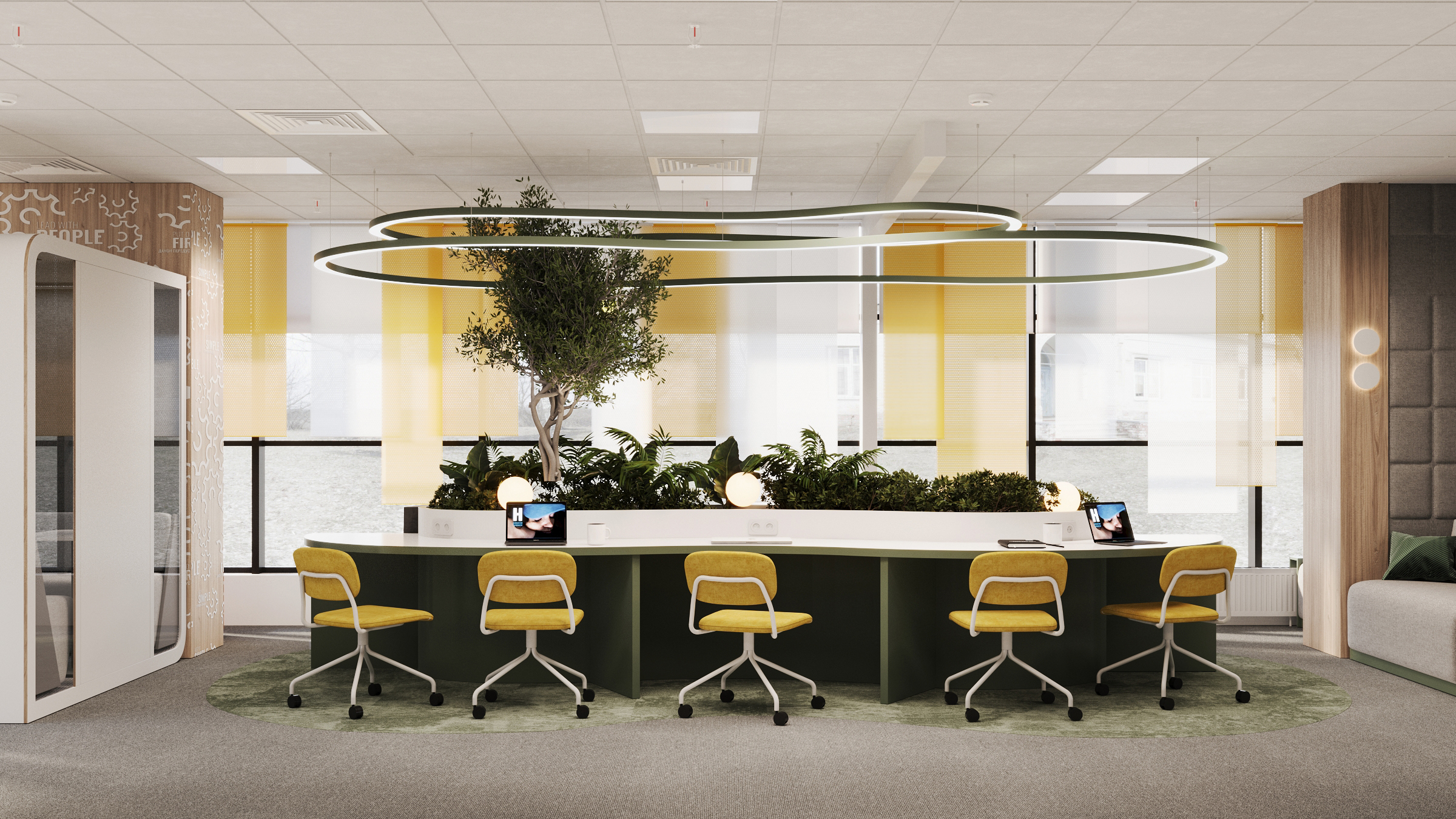
We analyze the reasons behind each trend, its potential for decline or further development. Only then do we decide whether to incorporate it into our design practice or ignore it. And live plants – it’s a trend that will only gain momentum and remain relevant for a long time. Including long-lasting trends in plant compositions not only enhances the aesthetic component of office spaces but also demonstrates that the business is keeping pace with the times, striving to create a maximally comfortable and attractive working environment for employees and clients.
Innovative individual solutions, through which plants seamlessly integrate into the office interior, contribute to aesthetics, productivity, and comfort in the workplace.

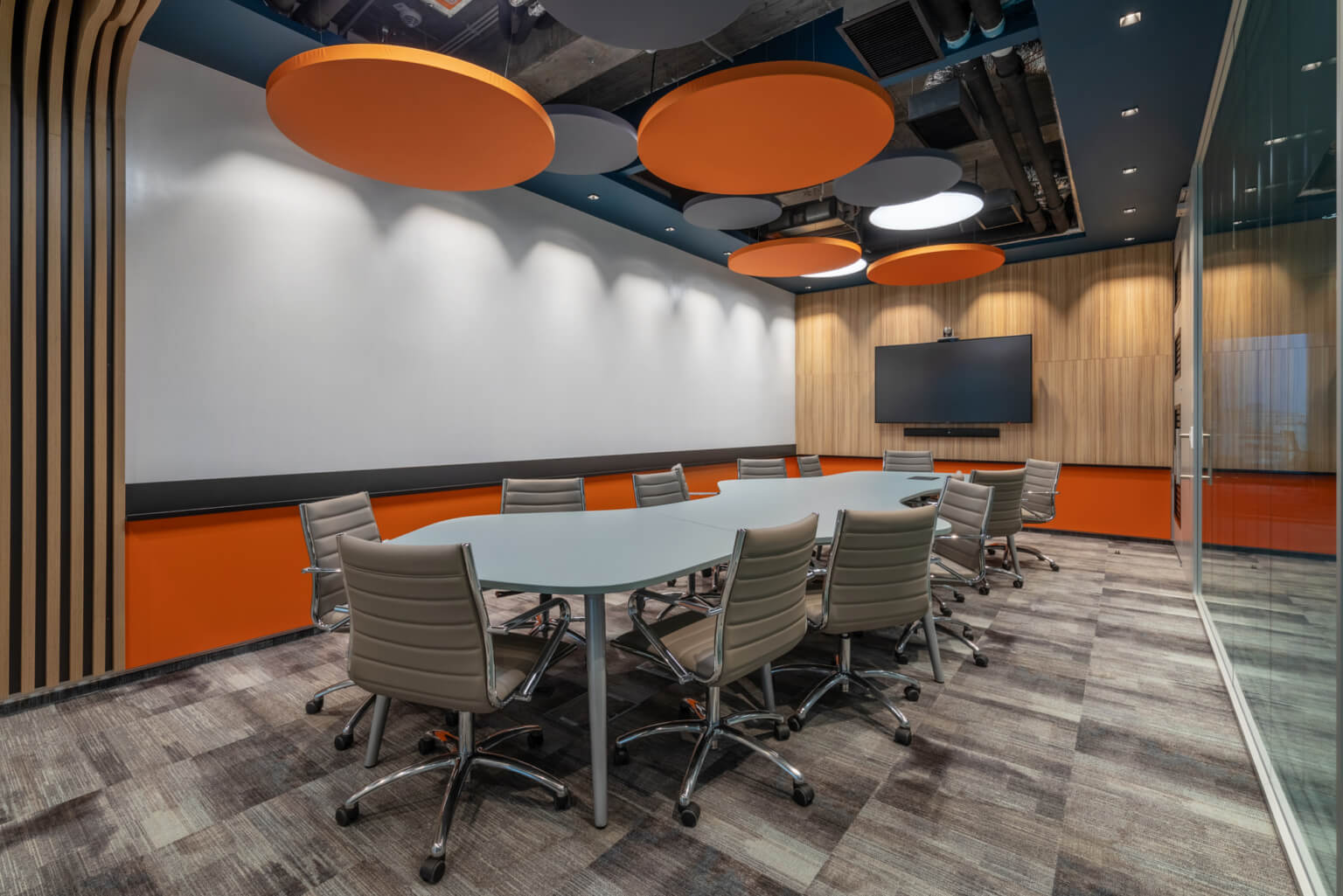
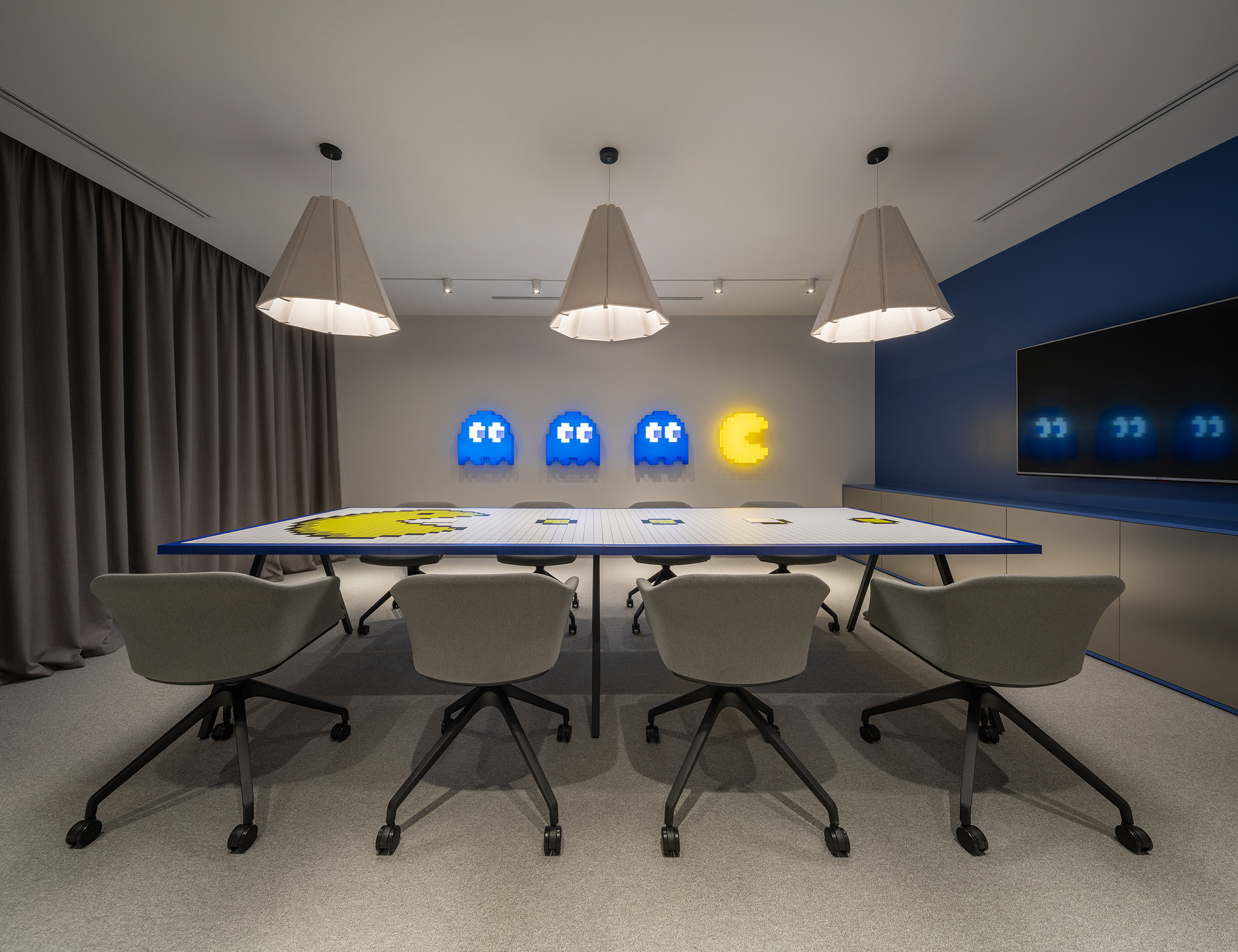
 Back
Back Back
Back



